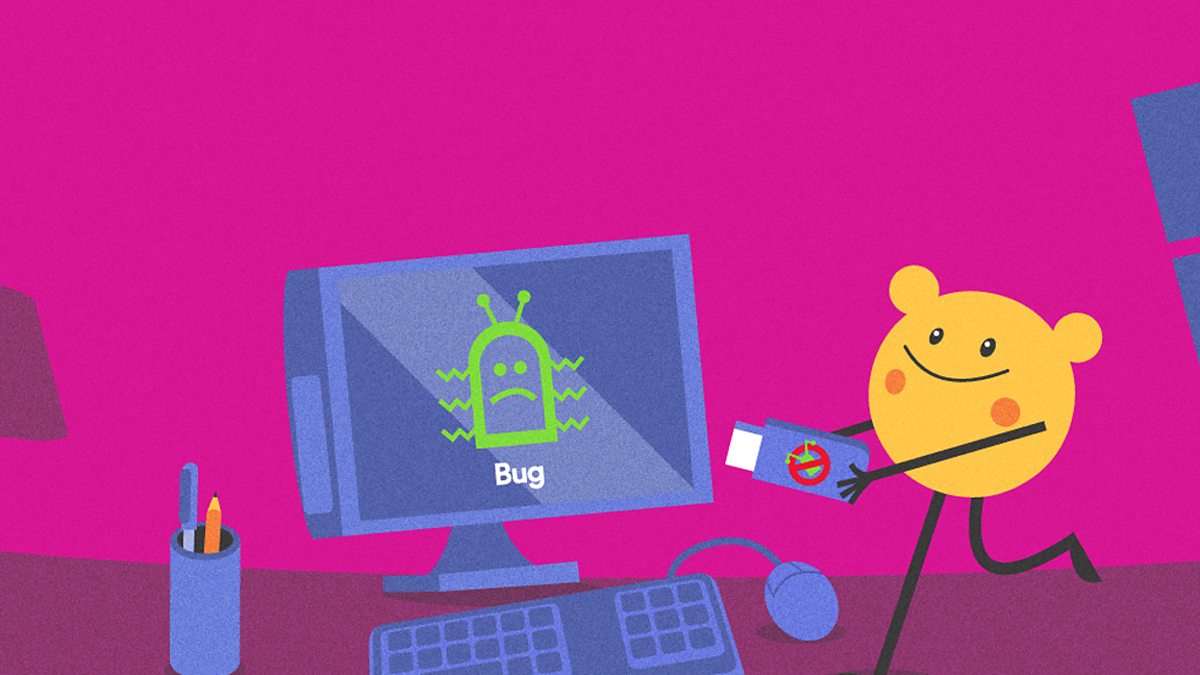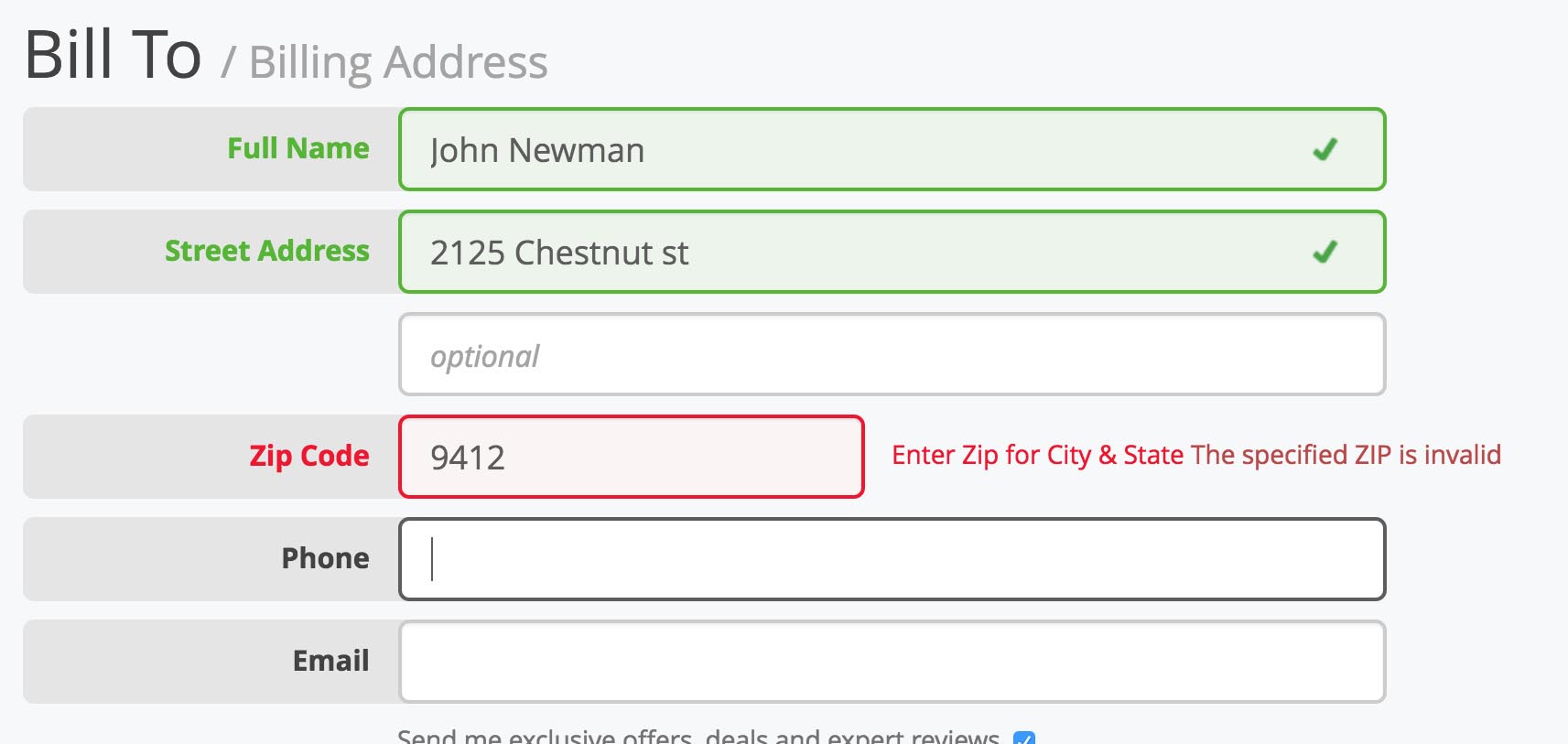# Common Bugs You Can Find with Mobile Testing

Photo by [Utsman Media](https://unsplash.com/@utsmanmedia?utm_source=unsplash&utm_medium=referral&utm_content=creditCopyText) on [Unsplash](https://unsplash.com/?utm_source=unsplash&utm_medium=referral&utm_content=creditCopyText)
If you are in the tech ecosystem, 'bugs' are undoubtedly the bane of your existence. An experienced developer knows that they come up in the application building lifecycle of every mobile application. They are impossible to avoid, and yet they have to be weeded out.
One way to pre-emptively find and remove bugs before they are found and reported by end-users is through [mobile device testing](https://www.perfecto.io/blog/mobile-testing). Mobile testing is the exercise of checking an application software that has been built for cell phones to test its functioning and usability. In this article, we will discuss bugs and the role mobile testing can play in getting rid of them.
## What is a Bug?

[Source](https://www.bbc.co.uk/bitesize/topics/z3tbwmn/articles/ztgjq6f)
In the context of applications, a [bug](https://en.wikipedia.org/wiki/Software_bug) is a flaw, error, mistake, defect, or fault in an application's code that causes it to crash or create invalid output, provide an inaccurate or unexpected outcome, or act in unanticipated ways.
In the simplest of terms, bugs are issues encountered during the development and usage of a website or mobile application. These applications must be thoroughly tested to optimize software performance and prevent production errors.
Most defects are caused by faults and errors in a program's design or source code or components and operating systems used by such programs. Any bug in an application must be tracked down and resolved.
Since consumers do not hesitate to uninstall apps that produce even the smallest issues, QA engineers should carry out thorough mobile testing to check the apps for bugs before releasing them.
In the following section, we will discuss some of the bugs that [QA engineers](https://u-tor.com/topic/what-does-qa-engineer-do) are likely to detect during mobile application testing.
## Common Bugs Found While Mobile Testing
### 1. Crash after Tapping on Button
This is one of the most common and potentially disastrous issues that can be found while mobile testing your application. On the upside, it is not very difficult to locate. When you tap a button, an app may force close, crash, repeatedly freeze or stop responding, or otherwise fail to function as intended. Typically, this tends to happen because certain conditions and anomalies that were unaccounted for have taken place in the running of the application.
### 2. Error after Screen Orientation Change of Application
With screen rotations in Android systems, a screen element called activity may be destroyed, resulting in the loss of its current state. As a result, following the rotation, all previously selected checkboxes or dropdowns may be erased, or the program may crash when switching from landscape to portrait mode or vice versa.
Although an increasing number of applications prevent the use of a landscape/portrait view (depending on the usage needs), this remains a concern in applications that support both views.
### 3. Incompatibility of Page Layout at Different Screen Resolutions/Densities
Device types frequently differ in terms of size, resolution, and operating system version. Certain apps do not support varied screen sizes, rendering them unresponsive. This should always be a major check during mobile testing. You must ensure that the application appears excellent on all of these devices. Mobile applications should be designed to be responsive so that they continue to function properly even if the device screen is larger or smaller.
### 4. Form Validation Bugs

[Source](https://baymard.com/blog/inline-form-validation)
If invalid characters are placed in the validation field, the form may misbehave or raise errors, most likely because the form field is validated in some cases but not in others. Errors are also caused by exceeding the maximum length of an input field. These types of bugs are frequently overlooked because they are regarded as low priority.
### 5. Possibility of Tapping/Clicking Buttons Repeatedly
Buttons can be a major issue if you don't consider the possibility of fast or [multiple clicks](https://stackoverflow.com/questions/16715075/preventing-multiple-clicks-on-button). Since an activity could be intentionally or unintentionally repeated several times, this case should be checked with special attention, especially in apps where we make payments or send messages. Consider the following scenario: If a user mistakenly taps the "Pay" button twice, they shouldn't get charged twice.
### 6. Repeated Results on the List
This one is peculiar to Android and is relevant to how "ListView" works on Android. Essentially, each element that appears at the bottom of a list while scrolling reuses the view of the element that was previously scrolled off the screen.
This could result in two cells having identical data, the new one and the one that vanished. Understanding this method is important because the problem is a bit common.
### 7. No Error Handling
Another important thing to remember is that an error should always be displayed to the user. However, keep in mind that showing faults directly from the server might provide useful information for the coder but not for the end-user.
Finally, we build applications for users, not programmers. Therefore, it's always preferable to display incorrect login credentials rather than [401](https://developer.mozilla.org/en-US/docs/Web/HTTP/Status/401), which end users would never understand. The point here is to make sure that errors are properly articulated to your users.
### 8. Progress Indicator
It is necessary to provide a progress indicator to notify the user that an action is in progress. There are numerous circumstances when activities linger for a long time. On such occasions, it is necessary to show a progress indicator to notify the user that the command is being processed.
This includes scenarios like screen/content loading and prolonged network activities on button clicks, such as profile editing, image uploading, and so on. Consider a user who wants to update their profile image and clicks the "upload" option.
Without a progress signal (during a picture upload process, which may take some time), a user may repeatedly touch this button, believing that nothing has happened.
### 9. Specify the Input Type
Check to see what type of keyboard is open. For example, for a phone number text field, we'd want to show the user a numeric keyboard, and for an email text field, we'd like to show the user a keyboard with the "@" letter. Another critical aspect that mobile developers should consider is the password entry type. Using a text box for a password is just not safe.
### 10. Compatibility Bugs
The digital era demands ensuring the app's compatibility with as many devices as possible. The main problem here is that smartphones currently are jam-packed with functions in the form of hardware and software that can be combined in an endless number of combinations. For example, Android works on a variety of device configurations. Unfortunately, not all functions are available on all devices, like the use of a compass sensor.
### 11. Support for Different OS Versions and Devices
This is one of the most prevalent issues encountered by developers. When developers create a product for millions of people, it must typically operate on both the new and old operating systems. Furthermore, the program should be correctly displayed on a variety of devices.
### 12. Error Messages That are Unclear for Users
As previously stated, users are expected to be aware of the problems they are experiencing. For example, consumers may get an error that is entirely unfamiliar and incomprehensible to them due to a bad connection with a server or issues with the device's performance.
## Conclusion
If you want to create a fantastic application that people will love, you must do mobile application testing---improve its functionality, adhere to all standards and criteria, and test it in real-world scenarios. Only through qualitative testing will you be able to identify and correct any errors and get a bug-free application.